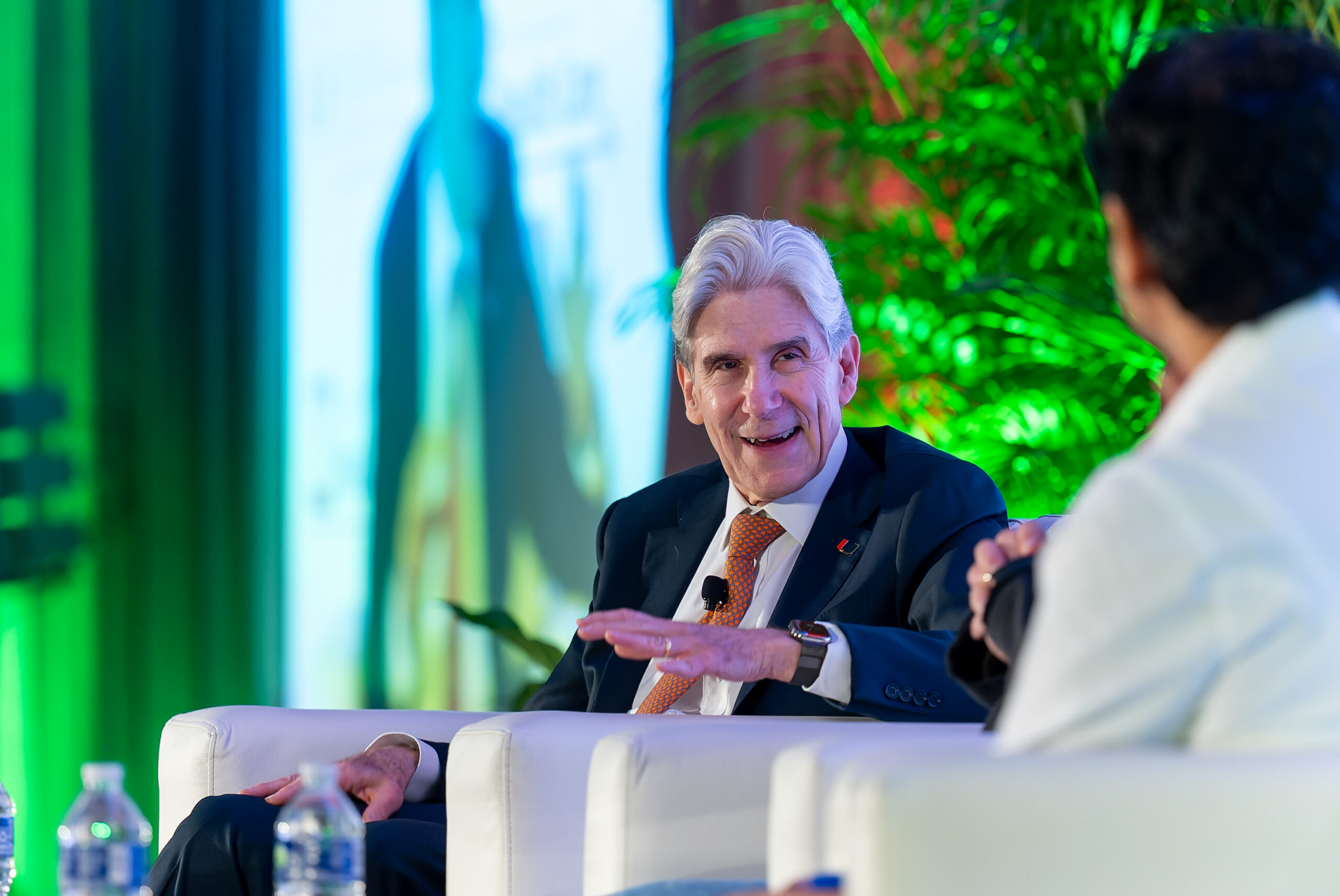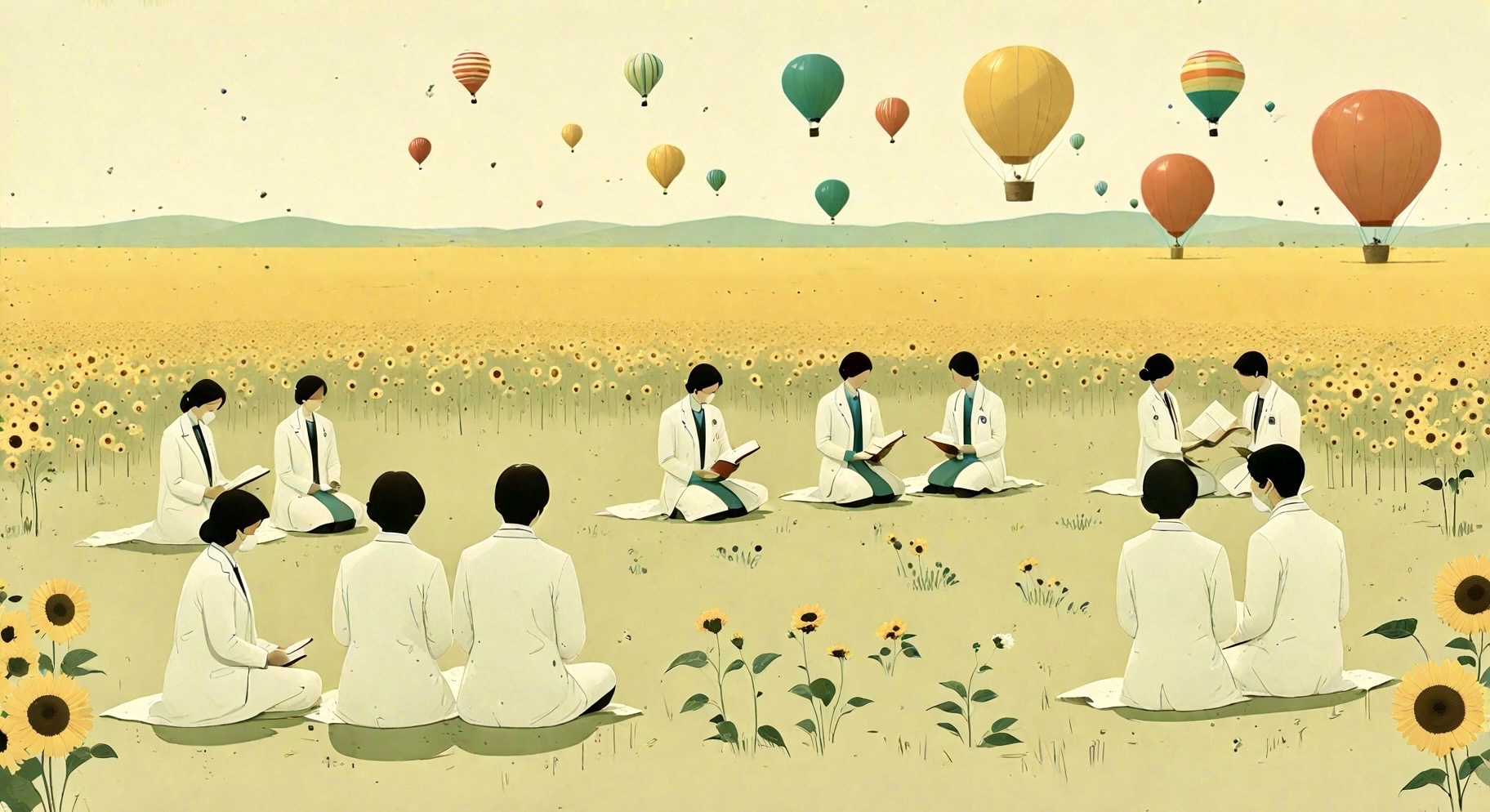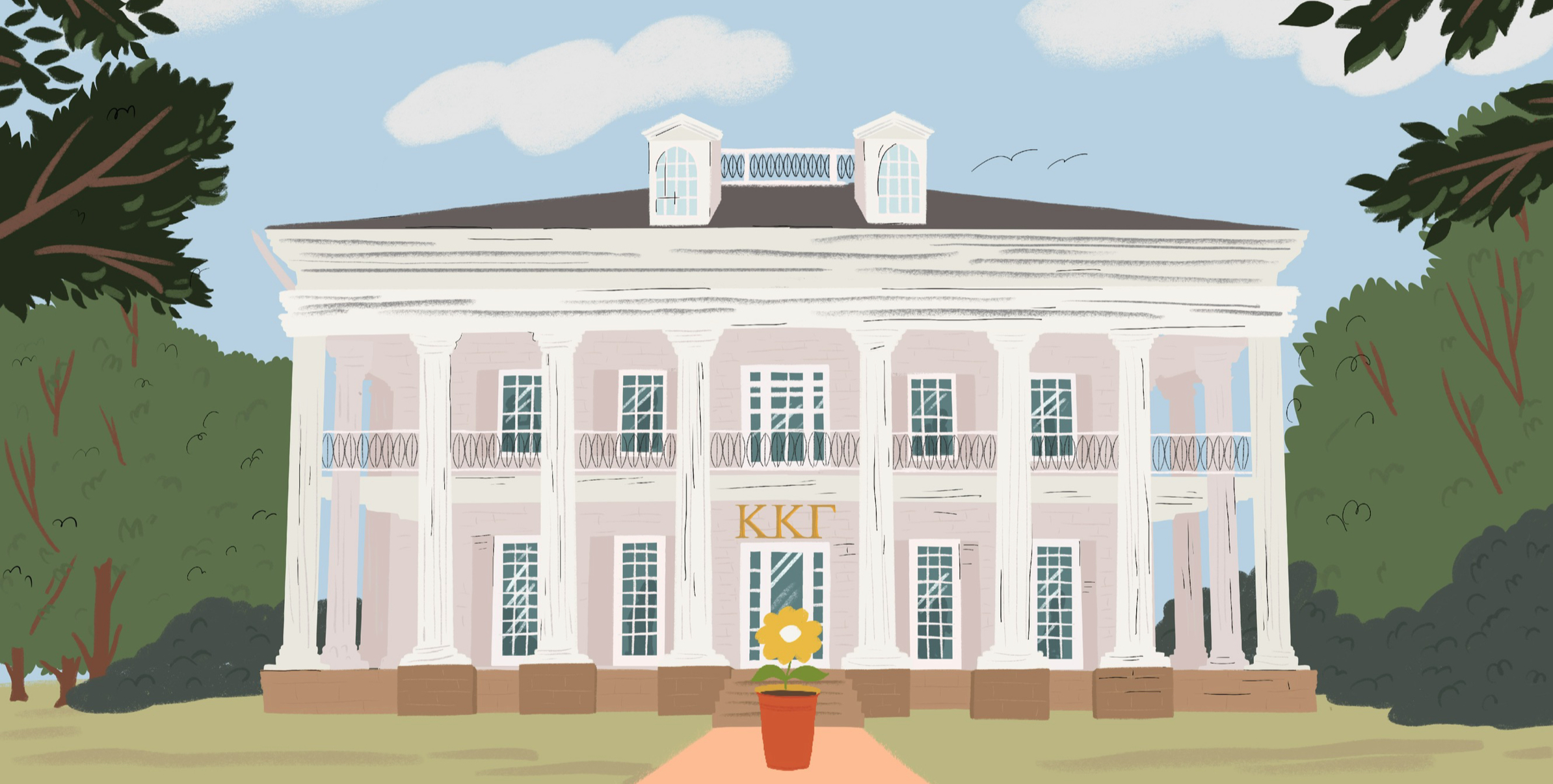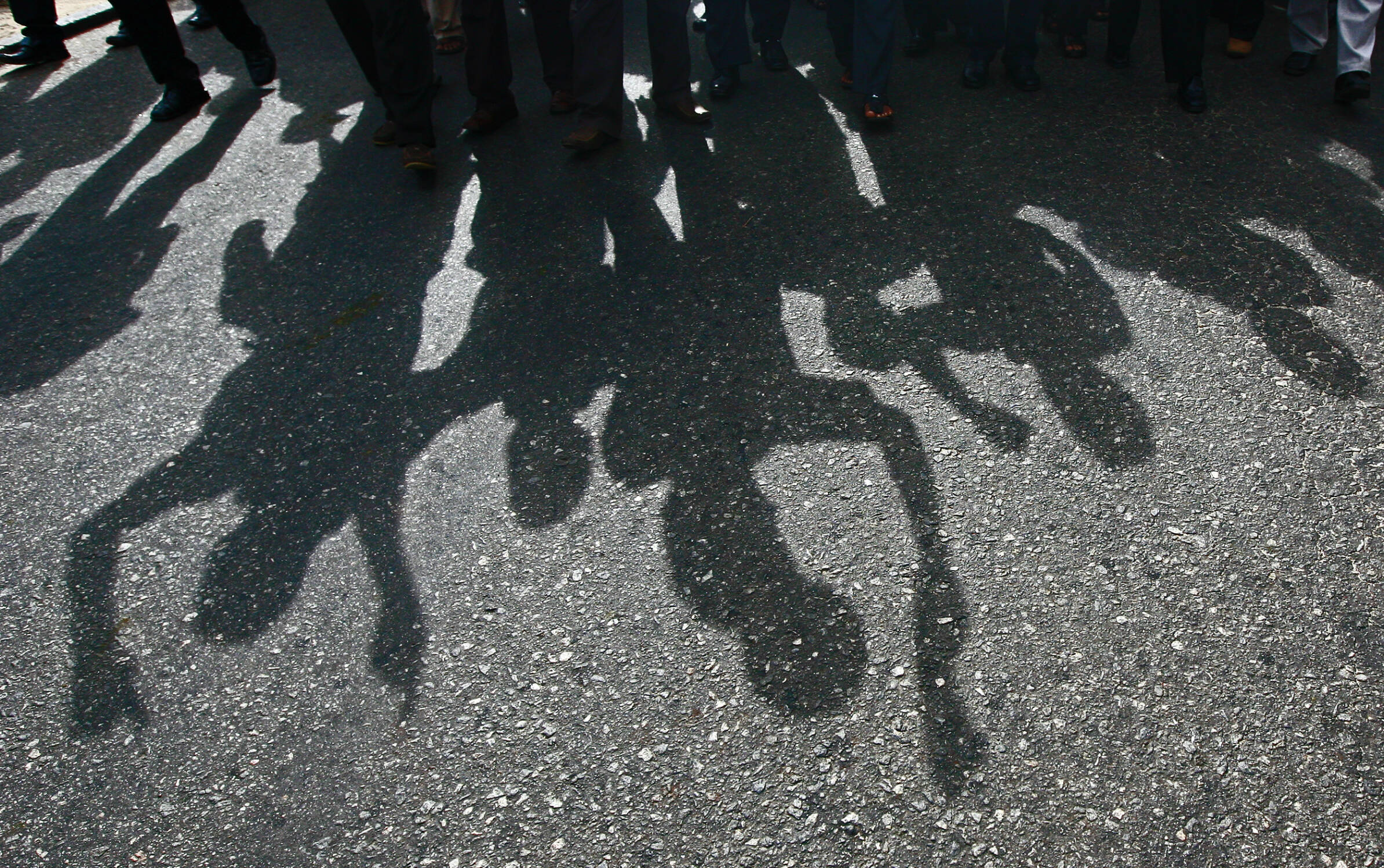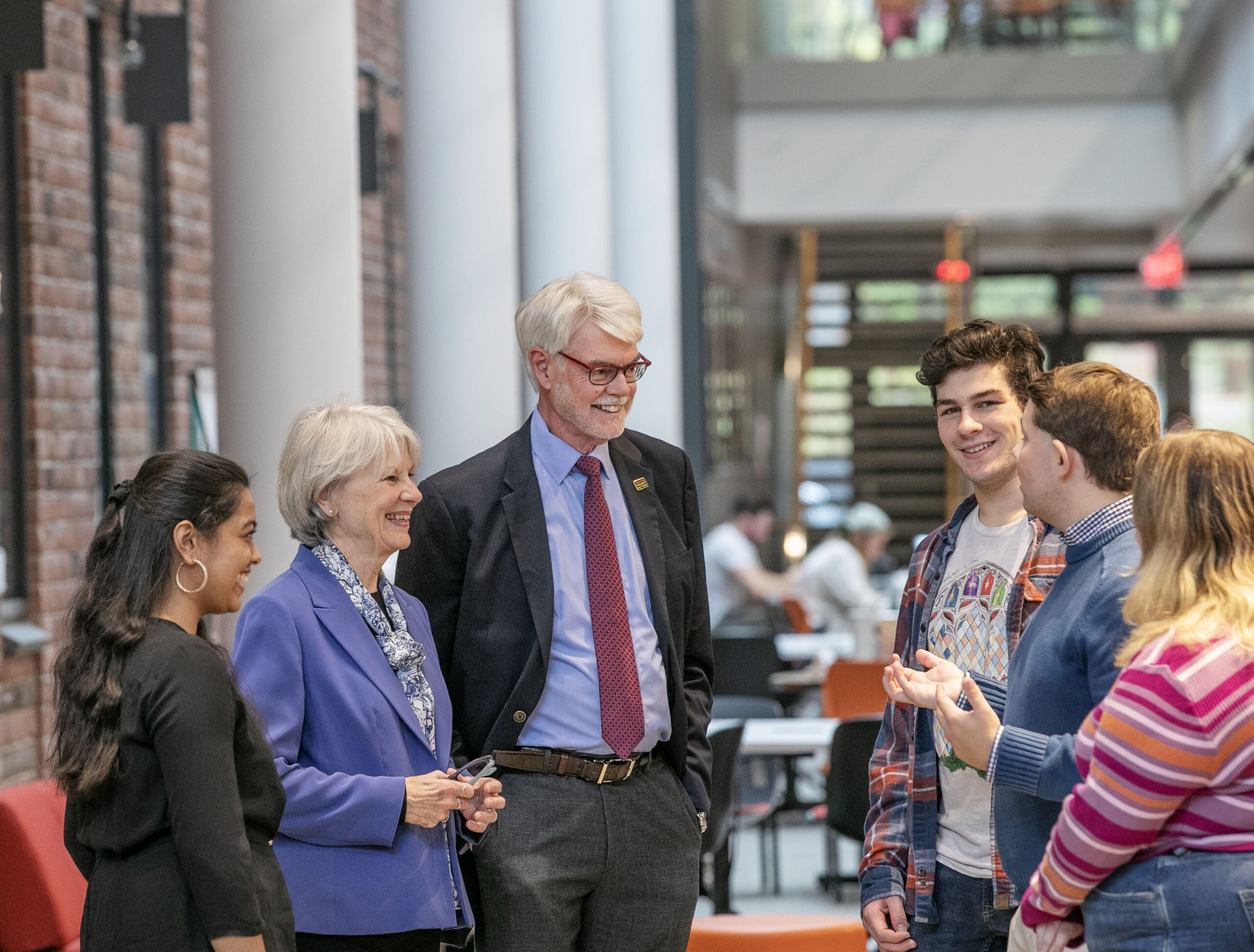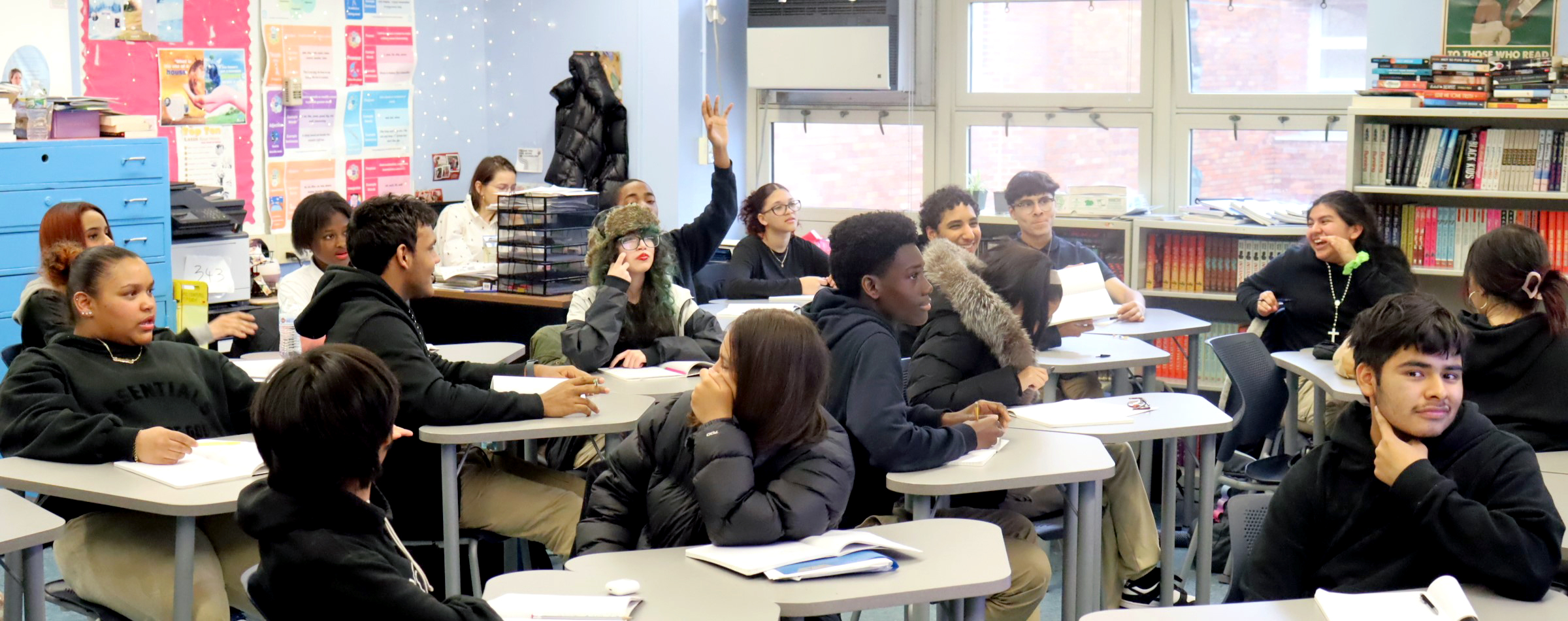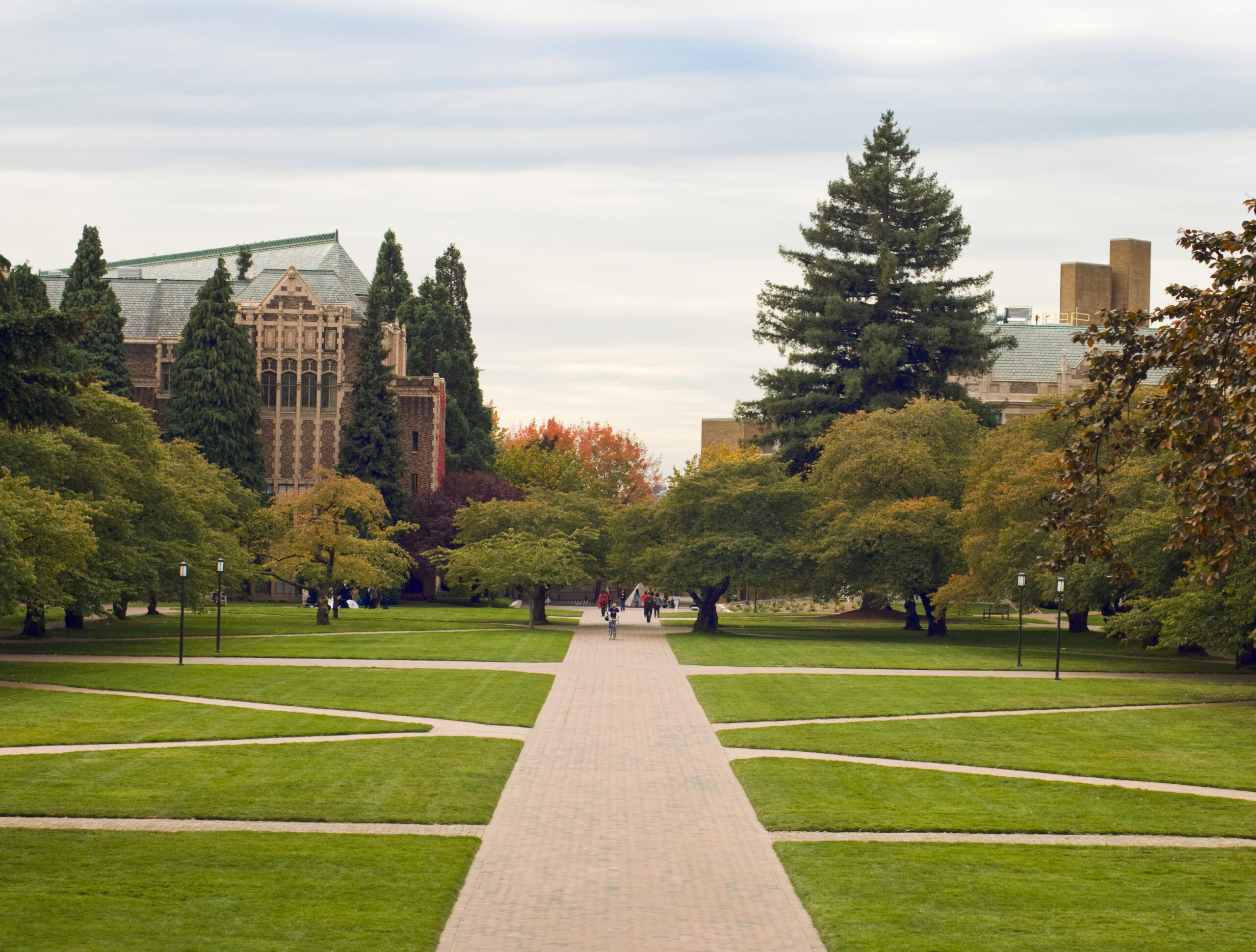As graduates consider the next chapter of their lives, a new book provides inspiration and guidance through the unfolding story of a career well spent. Paul Grogan was a student at Williams College when the anti-Vietnam and civil rights movements set the pathway for his life and career. “What, if anything, can I do about this?” said his younger self. Mentors, who saw something in him he couldn’t see, encouraged him to become a “change agent.” It was a term that was unfamiliar to him at the time but one he would live to embody in his fifty years in public service.
In “Be Prepared to be Lucky,” Grogan imparts lessons about leadership, mentorship, and agency as relevant today as they were when he and his co-author Kathryn Merchant were both young graduates working to make a difference in the world. Among his many roles, Grogan has been a political staffer, a CEO of a national nonprofit, and a giant in philanthropy. His career is capped by his presidency of the Boston Foundation, one of the nation’s oldest and, arguably, most successful community foundations, providing a unique combination of policy and philanthropy that has shaped what Boston is today.
Readers follow along as Grogan tells the story of his ambitious career: a combination of opportunity, intentionality, and grit. From navigating the emotional politics of the desegregation of the Boston public schools; to building public/private partnerships to save American cities in the 1970’s and 80’s; to helping heal the town/gown tensions between Harvard and Boston, Grogan provides powerful examples of how to make a positive impact on your community, and in turn, how to live a meaningful, fulfilling life.
MM: Paul, you’ve spent your whole career devoted to public and community service and this book has so many lessons about that from your decades of experience. But let’s start by talking about the young Paul. You went to high school in a very small town, Clinton, New York, and then went off to Williams College. How did your college experience influence your career choices?
PG: My father was a lifelong educator — a public school teacher and administrator throughout his career — so I had a lifelong interest in education and education policy. And then two giant phenomena, the Vietnam war and the civil rights movement, brought me to that path of service. Growing up in a very small town with zero diversity, I was not anywhere close to these issues except through the nightly newscast. It was a religion in our family to sit down and watch at least one of the national newscasts, and I continued that habit throughout college. Obviously, the news was just devastating for much of that period. It led me to ask, “What, if anything, can I do about this?”
A pivotal conversation I had was with an uncle of mine who was a dear counselor throughout my early adult life. He said to me in one of our long talks, “It really sounds to me like you ought to think about being a change agent.” I had never heard that term, but we talked about it, and I came to understand what it meant. It was not just reading the newspapers as a knowledgeable person or voting as an involved citizen. I wanted to do more than that. And I was excited about that prospect.
MM: What experiences in college helped you develop that part of yourself?
PG: We had a number of quite powerful faculty student committees at Williams in those days, and I ran for office and was elected chairman of one of them. We took a proposal to one of our meetings with the faculty as a whole to stop grading creative writing courses as a limited experiment. But Williams is a conservative place, and this was quite a debate which ultimately occurred in front of the entire faculty of the college. It took place in a hall, one of these double decker halls with a balcony going all the way around. Some of the faculty were down on the floor and many of them were up above me, and I had not said anything in the discussion, which was not going terribly well. Finally, the chairman of the committee, a psychology professor, leaned over and whispered, “If you don’t speak, this is going down.” So I gave a speech. It went extraordinarily well, and the faculty went from a unanimous no vote to a unanimous yes on the proposal. I think it was one of my first brushes with public speaking that mattered and seeing that we came back with something and won the day, that was a tremendous experience for me.
MM: Were there other people – like your uncle – who believed in you back then?
PG: Yes, and it was so important, particularly in college where, if you’re intimidated by the whole experience, not sure of yourself, you wonder how you’re going to do and you think you’re probably not going to do very well. Certainly, that was confirmed by the grades I got my freshman year: horrendous. But in fact, you almost always know more than you think you do, and other people see things in you that you may not see in yourself. In this case, there were two history professors who took an interest in me — I couldn’t have told you why, but they did. And they became my mentors through the rest of college and early in my career. I gained a new level of confidence as a result. They pushed me to do an honors thesis, which I had not thought of before, which became my first book, and it just put me on a higher, more ambitious path.
MM: Kathy, what’s your take on that?
KM: I just want to add that things can be very different depending on where you go to school. I went to a very large public university – there are 40,000 people who go to Indiana University in Bloomington — and finding a mentor is like hunting for a drop of water in a rainstorm. I think the point of encouragement here is also: Don’t wait for a mentor to find you – go looking for one.
MM: Why did you choose the title Be Prepared to be Lucky?
PG: “Be prepared to be lucky” is an adaptation of my favorite quote that originated in 1949 with E.B. White, the famed essayist and poet. He was talking to a young man who was about to go to New York City to make his fortune. White said to him, “No one should come to New York to live unless he is willing to be lucky.” And the first time I heard that, which I think was in college, it just stunned me as a unique insight into how the world really works. It wasn’t just good luck, it wasn’t bad luck. It was an acknowledgement of a complex process, which is not controllable, but which can be harvested in a certain way. And so we adopted that and we tried to apply it. Certainly, if I look at my career, I can see time after time where being alert, being watchful for opportunities, led to great things, not every time, but often enough to really justify that kind of state of mind.
“You almost always know more than you think you do, and other people see things in you that you may not see in yourself.”
MM: If I’m understanding the interpretation, it’s a combination of luck, fate, and being open to opportunities that may come your way. And it’s about agency too, correct?
KM: The agency part is really important. When Paul and I were both still very young in our careers, we were often given responsibilities that were way beyond what we were probably qualified to do. As we say in the book, “always say yes, even when you want to say no, and then you’ll open up opportunities for yourself.”
PG: I call it “the virtue of hanging around.”
MM: There’s a lot that you thread through the story of your career: working for two city mayors, running the Local Initiatives Support Corporation (LISC), resolving town/gown issues between Harvard and Boston, and then transforming the Boston Foundation – you mention the importance of ambition, leadership, and courage. What are some other big lessons from all these experiences?
PG: I think just about everything you’re asking about has to do with how ambitious you want to be in the world. Certainly, the social and community service world is full of wonderful organizations doing great work. Much of that work though, is confined to a small space because those institutions lack the resources to take their idea to scale. The people I attracted to work with me, we wanted real impact at scale. We didn’t just want to feel good about having helped some people. We wanted to look at some of these institutions that were greatly important in the lives of people and say, how could this be different? How could we be doing much more than we are currently doing?
MM: I love that point. As a message to young people, focusing on impact is different than just developing your purpose or working on something you care about – it is actually working towards outcomes. You seemed to reach a lot of outcomes through partnerships. Can you give some examples?
PG: One example is when I got into the housing field. When you looked at the landscape, you had federal housing programs, state housing programs, and local housing programs, and they were not coordinated in any way or were directed at a particular narrow goal. Everybody had their own idea about it. But we managed to put together a new partnership, which became a permanent institution called the Boston Housing Partnership and had as its aim fostering collective and cross-sector efforts to improve the housing situation. Then to execute, you have to figure out how to get everybody credited for their support and participation. Particularly in the public sector realm with elected officials, they need to get credit for doing good things. And that’s where the non-politicians have to be attentive to their political partners, not by being political or partisan, but by understanding that politicians are dealing with a different kind of accountability than regular citizens. And there has to be a sophistication about making it rewarding and accountable for elected officials.
Many of the politicians that we were dealing with around the country had a zero sum mentality. They assumed that if a “such and such” nonprofit was getting their name in the paper in a positive way, then that would take away from the opportunity for the elected official to get recognized. What we were able to demonstrate after a period of time was that these partnerships were a way to add value that wasn’t there before. So you didn’t have to take something away from somebody in order to get their cooperation.
MM: Speaking of partnerships and politics, tell us more about your experience at Harvard.
PG: Sure. Well, as we all know, Harvard is sort of the college and university capital of the United States, the pinnacle of higher education. But the whole Boston area or indeed New England is populated with just an enormous number of institutions of higher education. So it’s a big issue for the future of Boston and for the region. And despite the importance of those institutions and the need to make sure that they are going to be healthy going forward, the relationships that should have developed between the colleges and universities and cities and state government, and the corporate sector for that matter, really hadn’t developed before the turn of the last century. They were out of sync with the reality of it or they didn’t acknowledge how important these relationships were. So relationships that should have existed — strong, cooperative, knowledgeable relationships between government and higher ed, for instance — were just truncated in some way until there were problems.
One set of problems, but not the only one, is the whole question of land and value. Because when institutions of higher education get land, it comes off the tax rolls and gets used primarily for the higher ed community. So that’s where there is the kind of thinking that if this land is going to go to the universities, it’s going to be taken away from the community. And, particularly in the low-and moderate-income neighborhoods, there was a real fear that people were going to be forced out of their homes by the rising value of the real estate. So there was one particular transaction where the university was trying to acquire a very large plot of land in Allston, which is a neighborhood of Boston, to create a major new science and technology district.
This was hung up for years because the city was refusing to approve the sale of this land, which was held by a railroad company. And it was just stuck as the years went by and the university didn’t seem to have the wherewithal to do anything about it, which you’d think is so odd. These institutions are so big and powerful. But in Harvard’s case, they really hadn’t made any real effort to understand the local political scene in order to engage people who might help them. But that finally did happen. A couple of very active Harvard trustees went to the president of Harvard and said, we have got to have a capacity developed here at the university to relate to the mayor (then Thomas Menino), to relate to folks who are going to be important to this process. Knowing I had a long-standing relationship with the mayor, Harvard asked me to help with this and I built a department focused entirely on external issues like this. After that, the meetings just went to a different level of seriousness and purpose, and with relative ease, we secured the approval.
MM: Here’s a question from the last chapter of the book. Why would you encourage students to go into either public service or community work, besides just it being a good thing to do?
PG: Well, again, I come back to this word impact and a sense of what you want your life to be about. Are you going to be a change agent? To be willing to dwell on those questions with trusted friends, advisors, and family members is a very important thing to do if you have friends and family who are willing to do that. So I think that’s a big piece of it in terms of why do it, it really has to do with what you want your life to be about. Senator John McCain was very fond of saying “believe in something larger than yourself.”
I think this is really fundamental. I’ve met too many people throughout my life who have been very successful in conventional terms but have just a sad feeling that they haven’t done anything that’s really helped anybody else or been an effort to lift someone else up. It is a uniquely satisfying thing to do and it makes society healthier at the same time. So I think it does come down to that kind of existential construct you decide to devote your finite resources to.
KM: An important point to add to that is that working in public service doesn’t have to be forever. If you have other things that you want to do, the skillset that you acquire working in those sectors are increasingly attractive to the corporate world. The opportunity to make partnerships and the fungibility of being able to move from one sector to another throughout a career is very valuable.
MM: My last question is related to the fact that a lot of the impact that you have made in your career was largely based on listening to the other side. That appears to be a very big problem right now. Is there any advice that either of you would give to the graduates of today on that?
PG: I think everybody should move to Massachusetts. That’s the fastest way to reduce polarization.
MM: Well, Massachusetts does have an out-migration problem, so that would be good.
PG: I’m only half kidding. We have a huge stake in the immigration outcome. It’s not something that would just be nice, it’s something that is absolutely essential. If we don’t do a better job of attracting young people and convincing people not to leave the state, things are going to be very dire in Massachusetts. And one of the positive things about Massachusetts bears directly on the ability to do the kind of partnerships that we’ve been discussing — the lack of polarization. There are conflicts, but they don’t involve the bitter, divisive, and hateful politics that we see in city, county, and state after state. Our elected officials of whatever party seem to find a way to work together, although they too need to be more ambitious than we’re being. But it is a fundamentally different environment.
KM: Call me a Pollyanna, but I think that what we’re experiencing right now, this too shall pass. We’re now old enough that we’ve seen cycles and waves of this over time where there’s divisiveness and an inability to listen and act together, and then that calms down and we can get more things done. So I really don’t know how to stop what’s going on right now. It’s alarming. Very scary. It seems worse than it’s ever been, but every moment that’s been like this seems worse than it’s ever been. I am going to borrow Paul’s phrase, we need to practice defiant optimism.

